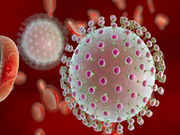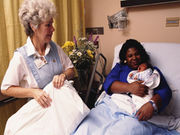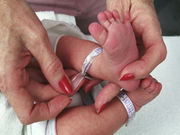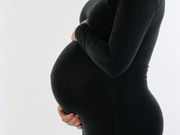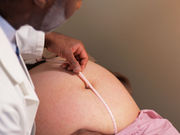Tag: Childbirth
ACOG Addresses Obstetrical Services and Zika Transmission
New case of Zika linked to high viral load highlights importance of research into Zika transmission
Postpartum Readmission Within Six Weeks of Delivery on the Rise
Readmission more likely among black, publically insured patients with comorbidities
Recommendations Developed for Managing Obstetric Lacerations
Application of warm compresses to perineum during pushing, reduction in episiotomy recommended
Late-Term Gestation Linked to Improved Cognitive Outcomes
Performance up on three measures of cognitive function, down on one measure of physical function
Misoprostol Should Be Considered in Postpartum Hyperthermia
Report of 21-year-old with severe hyperthermia, rigors, tachycardia, transient encephalopathy
Doctors, Midwives Struggle With Guilt After Traumatic Childbirth
Overall, 36% to 49% of respondents report feelings of guilt; half prompted to think about meaning of life
Early Warning Trigger Tool Could Help Reduce Maternal Morbidity
Use of tool cuts severe maternal morbidity and composite morbidity; no change in ICU admissions
Definition of Prolonged Third-Stage Labor May Be Outdated
Significantly increased postpartum hemorrhage risk with third stage of labor duration of 20 min or more
More U.S. Women Opting for Out-of-Hospital Births
Most tended to be low-risk pregnancies, and Pacific Northwest saw greatest increase
Early-Term Delivery May Not Up Adverse Neonatal Outcomes
Those delivered after elective induction at 37 to 38 weeks don't have increased sepsis, NICU admission


